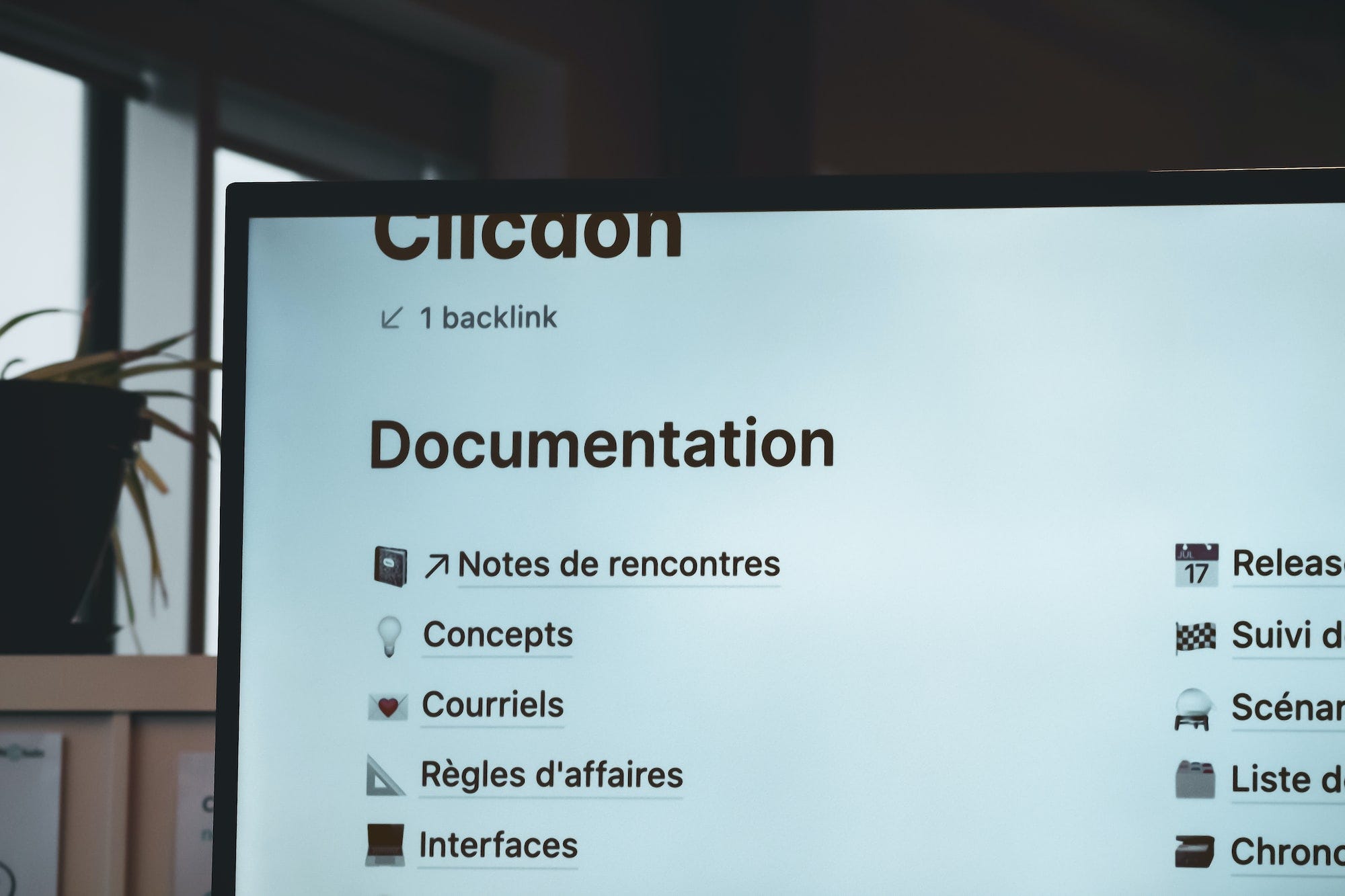Design documentation

A critical vehicle for a successful hand-off to developers
Designers and developers are two sides of the same coin, creating visually appealing and functional products together. However, when it comes to the hand-off of designs from the designer to the developer, there is frequently a schism between the two.
Many designers have complained that their designs are not being properly implemented, and the root cause is frequently not with the development team. It is instead due to a lack of proper design documentation.
Design documentation is an important tool for keeping designers and developers on the same page. It's essential for providing clear and organized instructions for developers to understand the design vision and build the right functionality.
Spacing is one of the most serious problems with design documentation. Developers must understand the spacing between design elements, such as the distinction between buttons, headers, and the body of the design. This is where documentation comes into play, and it should never be underestimated. The key to successful implementation is detailed and easy-to-understand documentation.
To ensure successful hand-offs, designers should focus on developing strong relationships with developers by communicating and collaborating throughout the process. The documentation should be logically organized and easily accessible so that developers can easily understand the design vision.
Eventually, if all else fails, communication is critical. If there are problems with the implementation, it is critical to raise them and collaborate to find a solution.
Another critical aspect of design documentation is providing specific specifications for each design element. This includes details such as size, color, font, and any other pertinent information that the developer requires.
By providing this information in a clear and organized manner, the developer will be able to understand the design and correctly implement it. The term "interaction" refers to the process of interacting with others. This includes how the user will interact with the design, what actions they can take, and how the design will react to their actions. The developer will have a better understanding of how the design should work and how to implement it correctly if you provide this information.

Another tip for successful design hand-offs is to provide annotated wireframes or mockups. These can be made with tools like Sketch or Figma and provide a high-level overview of the design and its elements. Designers can guide developers through the design and provide more context for each element by including annotations and explanations.
It's also important to remember that design documentation is not a one-time event. It should be updated and reviewed on a regular basis as the design evolves and changes. This ensures that the developer always has the most up-to-date information and can correctly implement the design.
Finally, design documentation is an essential part of the hand-off process between designers and developers. Clear and organized documentation, including specifications, user flow, and annotated wireframes or mockups, is required.
Designers can ensure that their designs are implemented correctly and to their satisfaction by following these guidelines. It is also important to include images and details of design decisions as well as explain why certain design choices were made.






